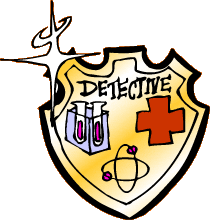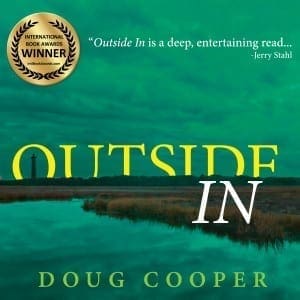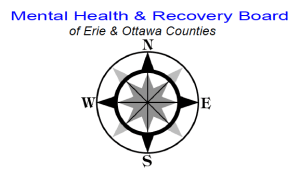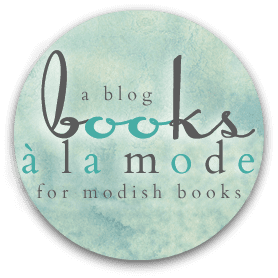A Deeper Look At Outside In…Research
 This is another installment in my “A Deeper Look” series peeling back the layers of Outside In to better understand the meaning of various aspects and characteristics of the novel.
This is another installment in my “A Deeper Look” series peeling back the layers of Outside In to better understand the meaning of various aspects and characteristics of the novel.
One of the frequent questions all writers get is, Where do your ideas come from? The more realistic and visceral the writing is, the more that question becomes, Is the story autobiographical? I mean, writers write about what they know, right? Well, sort of.
Since my novel Outside In is told in first person present tense about a teacher becoming lost in a haze of alcohol, drugs and sexual experimentation after a student dies of a drug overdose in the teacher’s classroom, I get the latter question… A LOT. While I’ll never admit what actually happened and what is pure fiction, I would like to discuss how I research a novel.
Regardless of type or genre, all writing can be placed on a continuum between actual experience and imagination. Whether it’s a reporter relaying facts, a non-fiction writer describing a historical event, or a fiction writer creating a dystopian future, there will be interpretation of experience and use of imagination in assembling the narrative to relay the desired message.
Following are the four main types of research I perform in crafting a novel with an example for each from Outside In:
1) Empirical: Derived from direct or sensory experience, this is the method writer who lives the experiences and writes about them. The best way to capture the smells, light, sounds, people, and energy of an experience is to actually live it. While this technique leads to the most authentic writing, it also carries the greatest risk, time and financial investment.
Example: To capture the settings for both Outside In and the novel I am currently working on, The Investment Club, I lived at Put-in-Bay on South Bass Island in Lake Erie and in Las Vegas, respectively. Setting is like another character. It provides readers another way to identify and connect with the story and also serves as a natural platform from which to sell. While brief visits may provide insight to an environment, to get setting right one must walk the streets, breathe the air, and interact with the people over an extended time.
2) Repurposed: If direct experience is not a viable option, then perhaps a similar experience can be repurposed to put the mind in a similar space and capture the desired feelings. As a writer, I’m always recording. When I meet someone, travel to a place, or have any type of unique experience, regardless of context, I file it away to use later.
Example: Without revealing any spoilers, let me just say I didn’t experience all the sexual encounters first-hand. I might have had similar experiences there or elsewhere, and in reflecting on those experiences, I adapted and transferred the core feelings from one situation to the next to capture the details and emotion. In doing this, many of the repurposed sex scenes are actually more stimulating than those that I actually experienced because in writing the repurposed situations I was experiencing them for the first time rather than recalling from memory.
3) Academic: This is the traditional research in which the writer reads other works on the subject or interviews people who have experience on the desired topic to gain the required level of understanding to give the writing authenticity.
Example: For Outside In, to learn the history and impact of cocaine, I read Dominic Streatfeild’s Cocaine: An Unauthorized Biography. His research provided a comprehensive history from the jungles in Bolivia and Columbia to its past medicinal uses and over-the-counter availability to interviews in prisons to the inside of crackhouses. Ultimately I didn’t use a lot of this info, but it definitely contributed to the style and allowed me to develop a feel for the excess cocaine represents.
4) Inventive: This is research produced directly from the mind of the writer usually starting with, What if? It is often triggered by another event or a combination of actions that take the writer into open creative space.
Example: While I was a teacher for a brief time, I never had a student die in my classroom and was never forced out of a job. To capture the feelings of this experience in Outside In, I imagined a person who had done everything he was supposed to and dedicated his life to the pursuit of a career and thought, What if he started to have doubts about his choices and it was all taken away? What would he do? Where would he go? What would he be feeling? Once I was seeing things from this perspective, the bitterness, anger, and wanting to escape came naturally.
To decide the best method to use, I balance my desire to produce the most authentic writing with the practicality of the least time and financial investment and risk exposure required.

 Now there are three ways to enjoy
Now there are three ways to enjoy 

